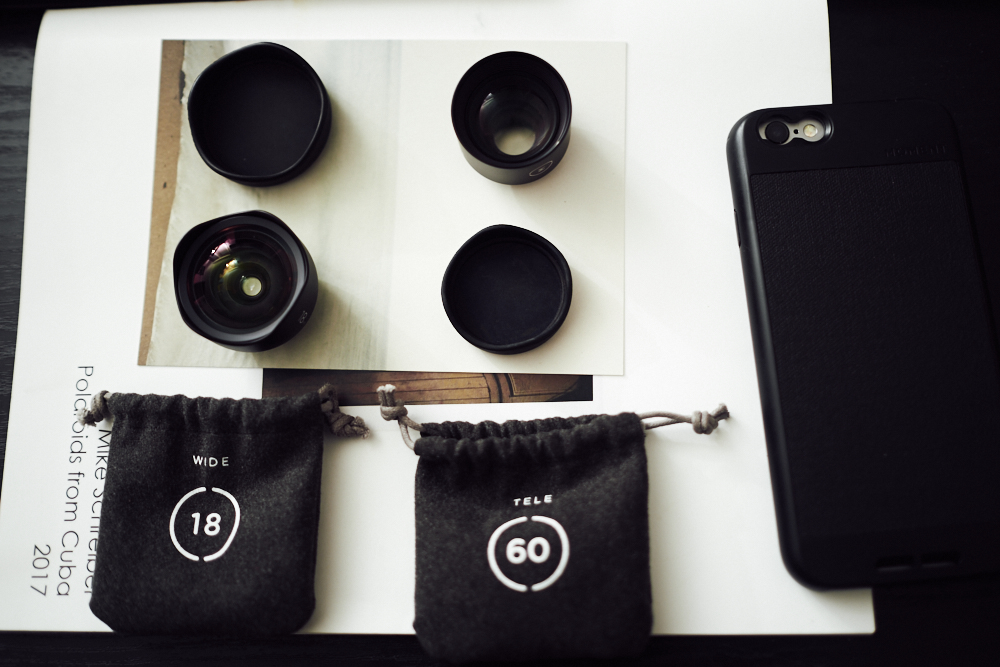
We often forget that we are the luckiest generation of photographers. Our cameras are quick, smaller, portable, and allow us to make thousands of images in a few hours. But for us to reach this point, it took over a century and a half and several trials and errors. Despite it all, we persisted, and we are bearing the fruits. However, while we kick back our feet and enjoy what we have, there is one innovation that we like to get your attention to: the multi-lens or multiplying camera. This technology led to a whole new trend in photography, something that we wish they still continued with.
The images in the article are screenshots from Antique Wood Camera’s website.
How Does it Work?
It is still unclear who exactly invented it, but many fingers point to French portrait photographer Andre Adolphe Disderi. The year was 1848, when Disderi left Paris, during the revolution, to be in Brest. Three years later, Englishman Frederick Scott Archer founded the wet plate collodion process, which required the use of chemicals on a glass plate to create a photograph. Disderi was quite fascinated by it, so to learn the technique, he moved to Nimes and began a different practice. However, he soon realized that the process takes both time and effort to create one portrait. And so, he devised a new camera that allowed him to capture four different images on one plate.

It had four lenses and a moving back, which allowed Disderi to expose several areas of the plate in one go. What Disederi started soon became a fad across the world. The multiplying camera had two to 32 lenses, so one could make two to 24 pictures on a single 5×7-inch plate. This was not only cost-effective for many but also began the idea of quantity for portraits, something that paintings were unable to do.

Other various types of cameras were offered, such as the nine-lens Butcher Royal Mail Stamp Camera or a much rarer type, a 36-lens camera. Exposure could take seconds to minutes, but the result was quite lovely. These cameras popped up between the mid-1850s and the early 1900s before they vanished forever.
The Birth of Calling Cards
Every innovation is tied to photography trends or movements. The multiplying camera was the start of one such sensation. Since Disderi allowed individuals to have several portraits, they were then used to create something called calling cards or, in French, carte-de-visite. These were 21/2 × 4-inch albumen prints mounted on cards.
As the name suggests, these cards were used by middle and upper-status individuals for social calls, birthdays, and holidays. While these cards were an easy way for lower-income groups to have their portraits taken, they became a great way to shoot and distribute celebrity photographs. At the same time, they were also used to amplify their business. For instance, Sojourner Truth used them to market her business and also contribute to the liberation of slaves.
Kodak and The Ease of Photography
In the 1900s, Kodak launched a device that changed photography forever: the Brownie. Unlike going to a studio to pose for a carte-de-visite, a Brownie allowed the rise of snapshot photography. You can say this is where the democratization of photography began. It costs $1 to purchase the camera, and one could process the film for 15 cents. Many adverts pushed the product across the world, and soon, Kodak became the king of the photography world.
While the multiplying camera is now history, seeing something similar in the digital realm would be great. We aren’t sure exactly how this would become a reality, but even to see a prototype that has multiple lenses can certainly excite many photographers.

